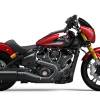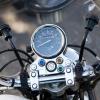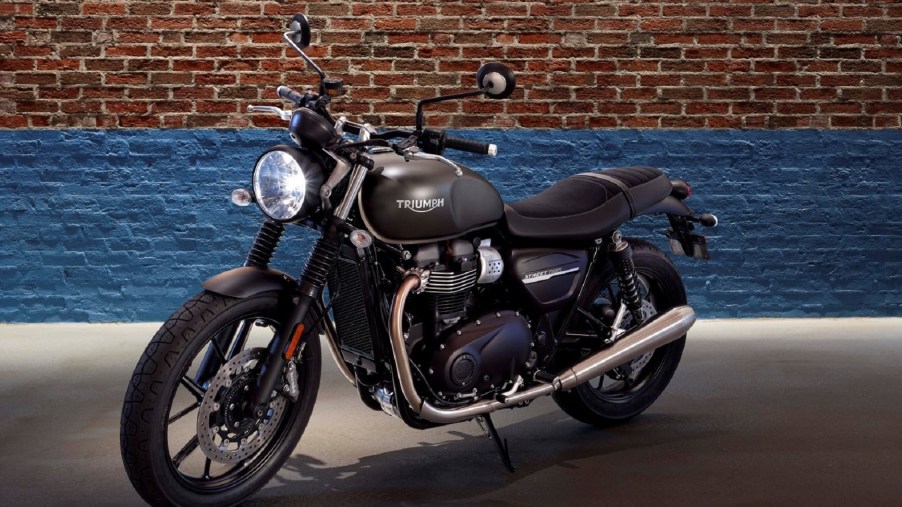
Triumph Is Doing What Harley-Davidson Should’ve Done Years Ago
On the surface, Triumph and Harley-Davidson can seem somewhat similar. Both motorcycle companies offer bikes that lean on nostalgia and retro designs, after all. And both also derive quite a bit of revenue from apparel sales. However, while Triumph these days seems to be doing OK, Harley-Davidson is decidedly not. And, as YouTuber Different Spokes TV explains, there are a few good reasons for that.
Harley-Davidson vs. Triumph
To be fair, in terms of raw sales, Harley-Davidson is still pacing ahead of Triumph. According to Statista, in 2019 Harley sold 218,273 bikes worldwide in 2019. In comparison, Statista reports Triumph sold 56,582. However, the numbers aren’t the whole story.
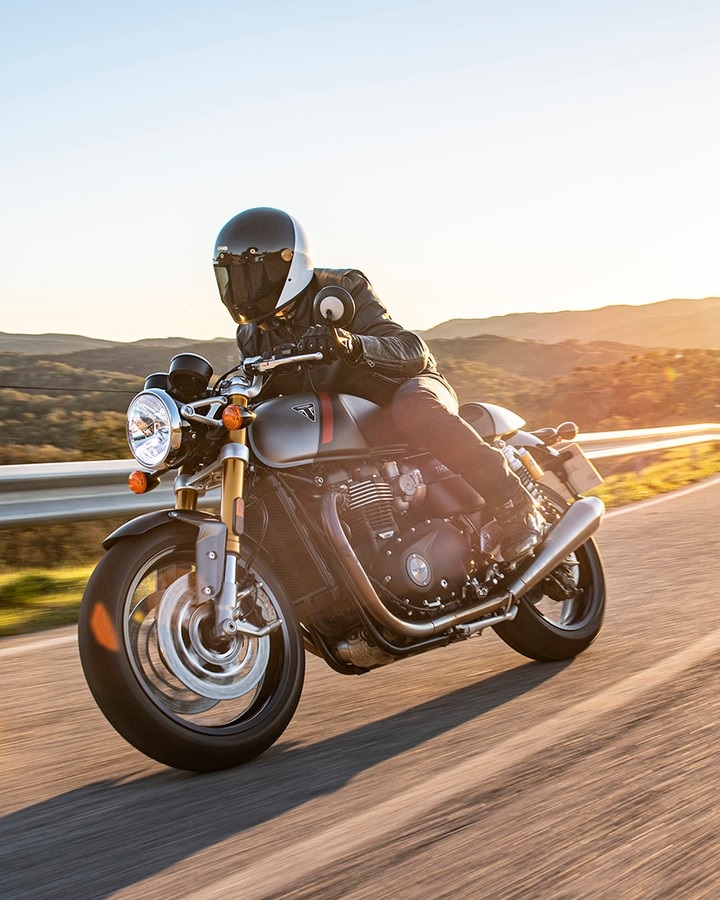
True, the British company sold fewer bikes. But over the past decade, its sales have been fairly stable, even increasing slightly overall. In contrast, Harley’s bike sales have consistently decreased over the last 5 years, the Wall Street Journal reports. Even before its boardroom drama, the American brand was struggling.
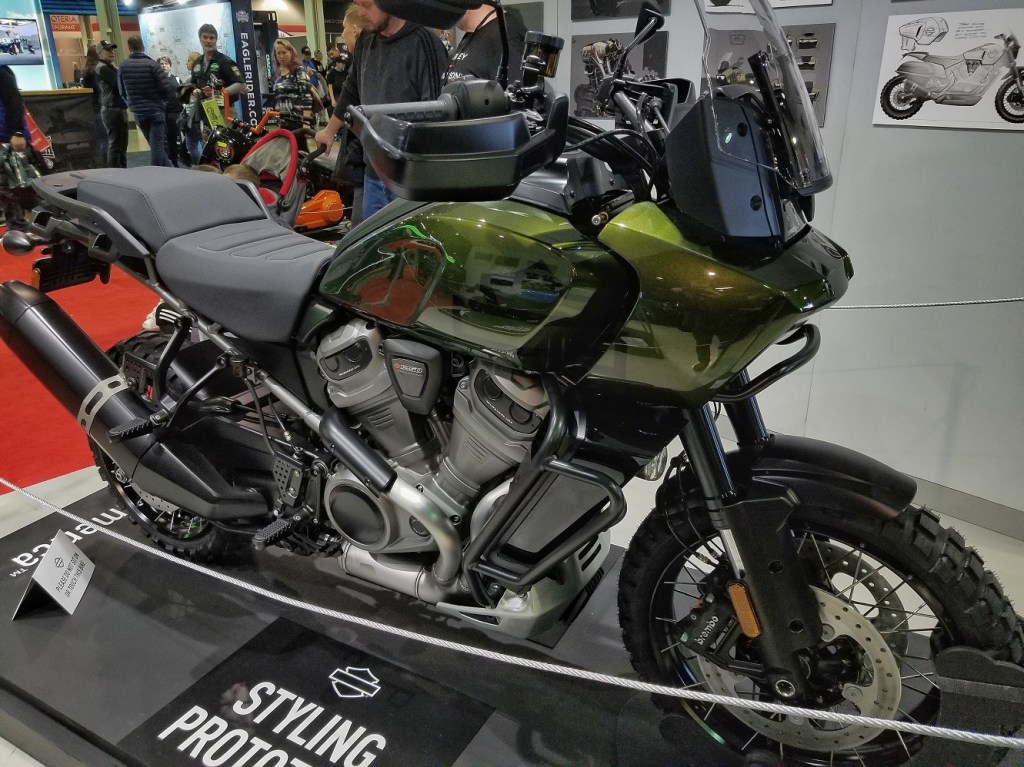
So how is it that Triumph, comparatively, is doing better than Harley-Davidson? Partly, that’s down having a larger lineup. Triumph has adventure bikes, scramblers, café racers, even sportbikes, and naked streetfighters. Harley is basically all about cruisers and touring bikes. And it still hasn’t released production versions of its planned ADV and streetfighter bikes. Even without an electric bike, there’s simply a larger variety of Triumphs to choose from.
Cost is also a factor. Technically, Harley-Davidson offers a cheaper bike than Triumph. The cheapest Harley is the $7599 Street 750, which has a 754cc V-twin. Meanwhile, the Triumph Street Twin, with its 900cc two-cylinder, starts at $1700 more.
However, with the Street Twin, you get more standard features. These include traction control, ABS, a torque-assist slipper clutch, a tachometer, and a digital display with a fuel gauge. On the Street 750, the only option besides paint is the $750 ABS. Plus, while you can add heated grips to the Street Twin, you can’t to the Street 750.
Even Triumph’s most expensive bike, the Rocket 3, costs about half what Harley’s CVO Road Glide costs. But these aren’t the only differences. What truly separates the two companies is how their strategies address potential buyers and nostalgia.
How the two brands’ strategies differ
Interestingly, when Triumph came back from receivership in the late 80s and early 90s, its first bikes weren’t based on nostalgia. Instead, the company started with a sportbike, the 1990 Daytona, followed by the Trophy touring bike. It wasn’t until 2003 that the first modern Bonneville was released.
Even though the company relies on nostalgia, it isn’t solely bound to it. Instead, it used nostalgia for the brand as a spring-board into expanding its offerings. In fact, it was the 1994 Triumph Speed Triple that helped start the modern naked bike segment. Without it, the Ducati Monster, one of the Italian company’s most successful and important bikes, wouldn’t exist.
Harley-Davidson, in contrast, is trapped by its use of nostalgia. The company has traded for decades on its ‘bad boy,’ old-school image. Which clearly doesn’t work anymore. New, young riders are put off by the wannabe-Hells Angel cosplay and don’t feel comfortable going to the dealer. Even if, as Powersports Business reports, the dealers themselves offer a positive experience.
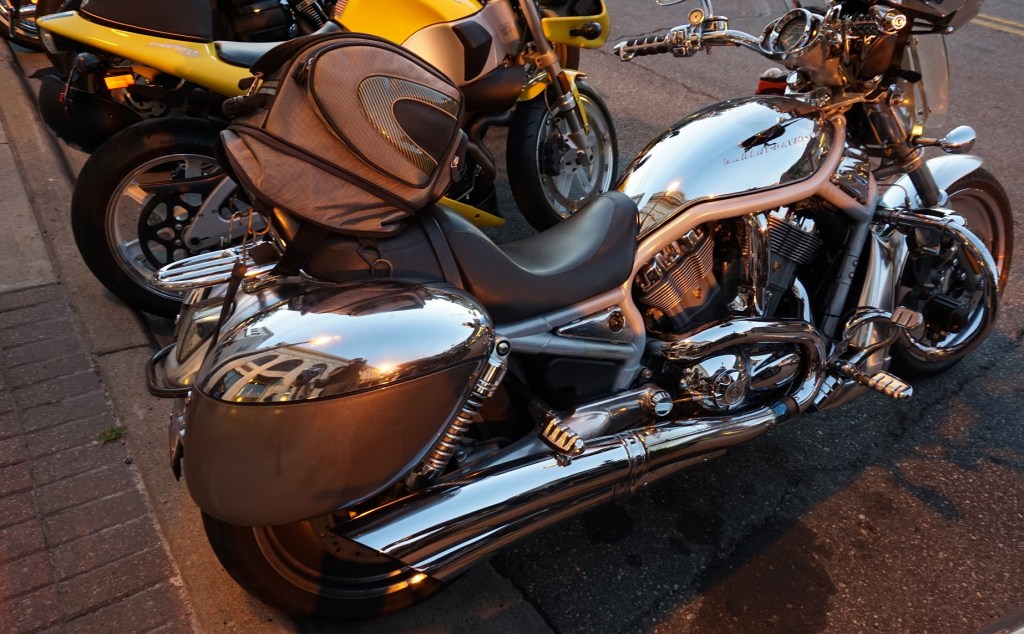
Meanwhile, when Harley does attempt to try something new, like the V-Rod, its ‘loyal’ fanbase doesn’t buy it. Not only does this kill innovation, but it also closes off the brand from new blood. Plus, if the new bikes are a lot like the cheaper, older used ones, why buy new?
Ironically, it’s Triumph that might have the stronger ‘bad boy’ connection. The Wild One is repeatedly referenced for its leather-bound biker image. However, Marlon Brando, the star, doesn’t ride a Harley; he rides a Triumph, The Guardian reports. But Triumph didn’t limit itself to a specific kind of rider. Instead, it made bikes that evoked a specific time period, and let buyers fill in the rest themselves. It didn’t sell an image, but an emotion.
Can Harley-Davidson learn from this?
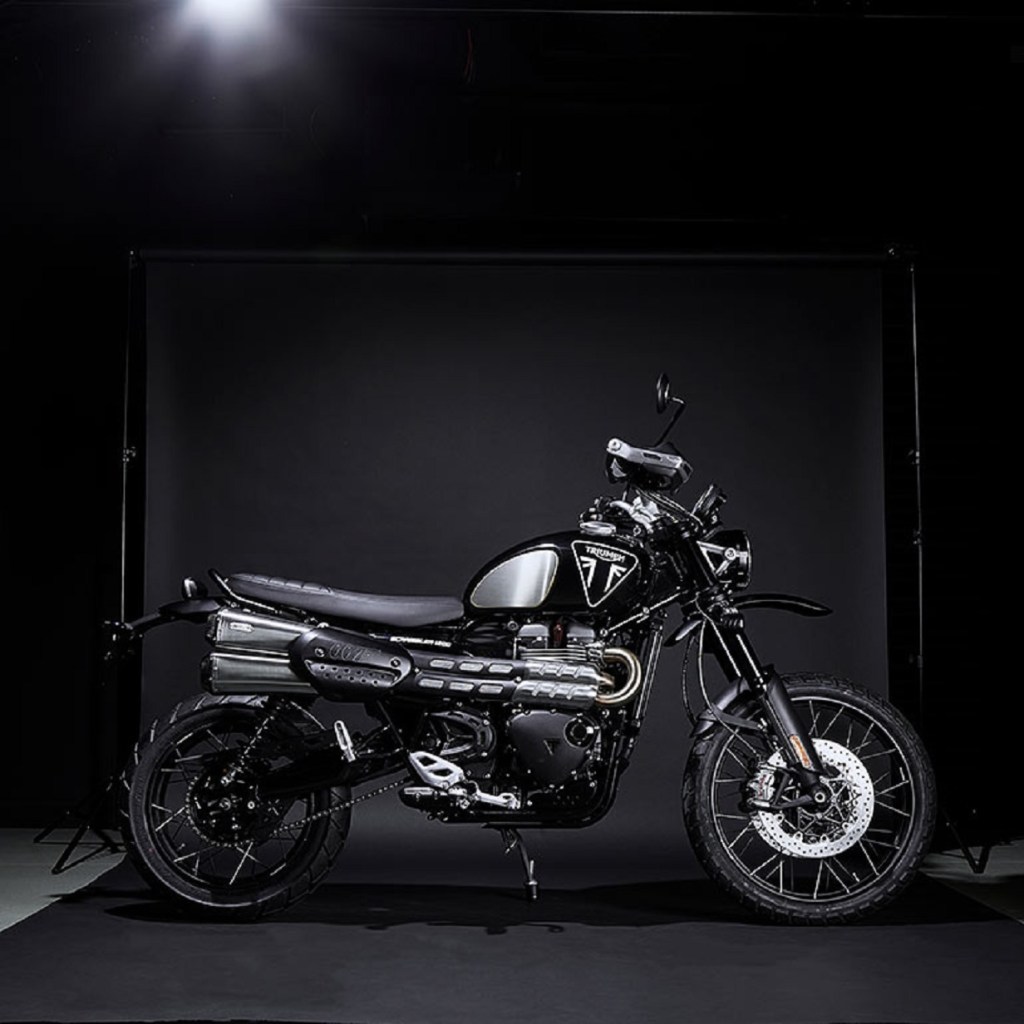
In fairness, Triumph isn’t immune to certain Harley-like practices. Case in point, the James Bond Edition Scrambler, which is basically just a special paint job. And there are several bikes which offer fun performance at lower prices. But the company’s strength is that it offers something for a variety of riders, new and experienced.
Harley-Davidson is implementing a new strategy, The Drive reports, cutting production artificially to try to raise the sense of ‘exclusivity.’ This includes culling several less-successful products. Unfortunately, Harley will also cut down on the degree of customization it offers customers, Roadshow reports. Which, on the surface, seems like an ill-advised plan. Unless the company will also take this opportunity to bundle certain accessories as standard features.
Ultimately, though, what Harley-Davidson could learn from Triumph is how to effectively use nostalgia. Not as a cage, but as a launchpad.
Follow more updates from MotorBiscuit on our Facebook page.
